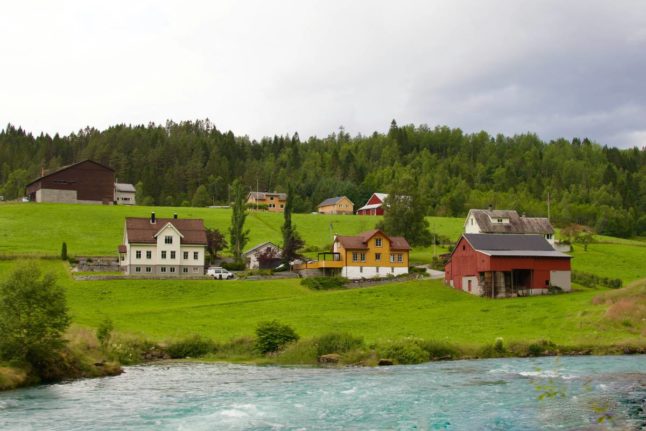Norway’s Directorate of Immigration (UDI) has had its budget cut compared to last year, the directorate has told The Local.
“As is the case with most directorates, the UDI is facing budget cuts,” Trude Beate Sveen, Director of Finance, at the UDI told The Local.
The result of the budget cuts means that waiting times for residence, asylum and citizenship in Norway was likely to increase.
“These budget cuts will reduce the UDI’s ability to efficiently process cases and respond to inquiries. A decrease in capacity to process cases may lead to extended waiting times for residency and citizenship applications, although this will also depend on the volume of cases received,” she said.
The decreased capacity mostly referred to staff numbers.
The UDI also told The Local that it was hoping to use more automation to try and streamline applications and offset any increases to wait times.
“To mitigate the impact of reduced budgets on waiting times, the UDI is exploring the use of robotic and automated technologies, as well as streamlining procedures,” Sveen said.
She added that the UDI was engaged in dialogue with the relevant authorities to propose simplifying regulations at the directorate.
The director of finance told The Local that the UDI had been allocated less for 2024 than its operating expenses for 2023. It said that it expected wage rises triggered by collective bargaining agreements to increase costs in 2024.
Recent figures obtained from The Local showed that the median wait time for Norwegian citizenship has increased by roughly four and a half months in just over a year.
READ MORE: How long does it take to get Norwegian citizenship in 2024?
The Ministry of Justice and Public Security is responsible for the UDI’s budget, and has yet to respond to The Local’s request for comment.



 Please whitelist us to continue reading.
Please whitelist us to continue reading.
Member comments